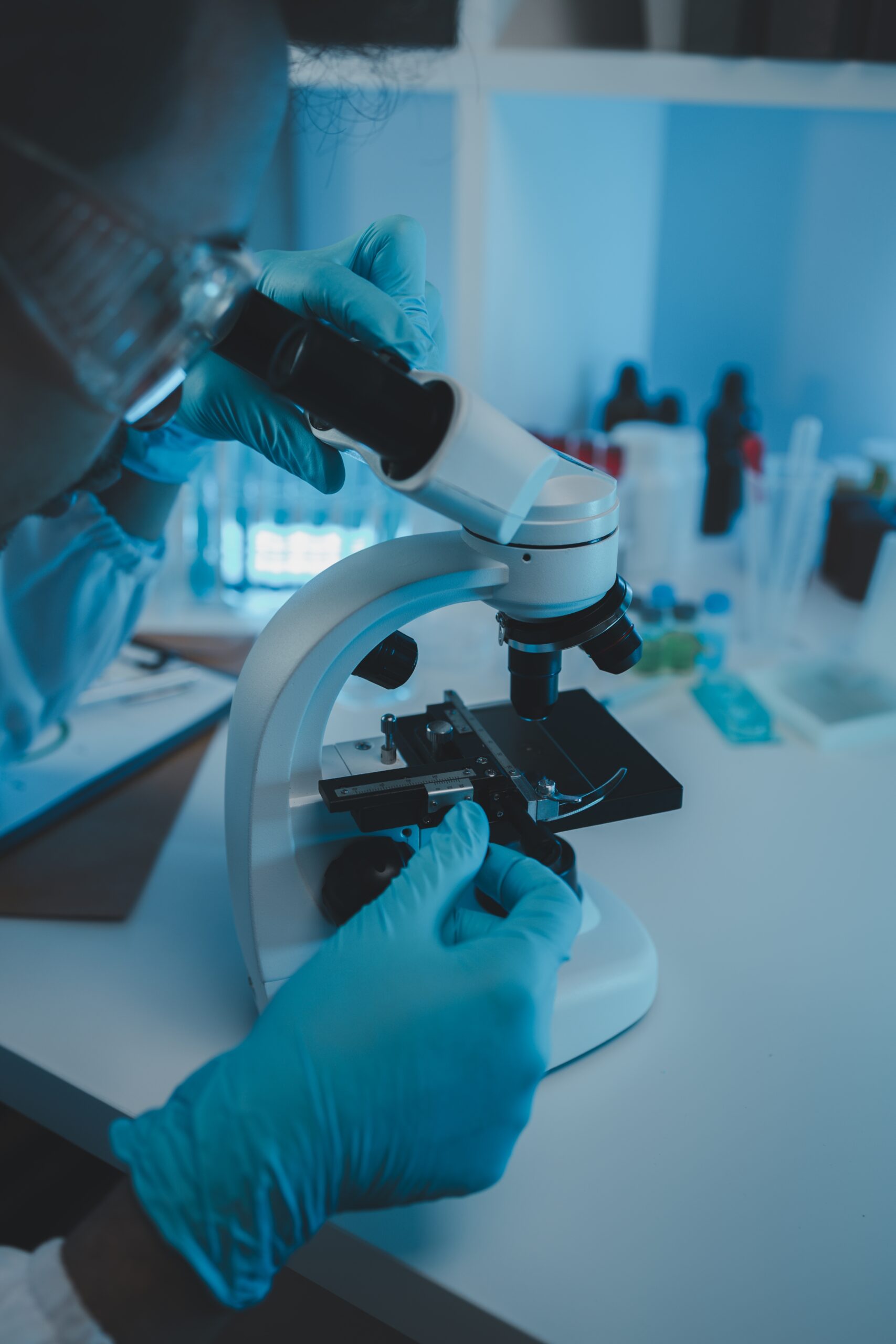
Lab Automation Trends: Where Science Meets Software
Once a niche topic for high-end research labs, lab automation is now rapidly transforming life sciences, pharmaceuticals, diagnostics, and materials R&D. From robotic arms and AI-powered image analysis to digital lab notebooks and cloud-based sample tracking, automation is helping labs do more — faster, safer, and with greater accuracy. But it’s not just about machines replacing people; it’s about building smart systems where science and software collaborate. This article explores the top trends shaping lab automation today — and what they mean for the future of scientific discovery.
Outline
- What Is Lab Automation?
- Why Lab Automation Matters
- Top Trends in Lab Automation Today
- AI and Machine Learning in Data Analysis
- Robotic Sample Handling
- Digital Lab Notebooks (ELNs & LIMS)
- IoT and Smart Lab Devices
- Remote Monitoring and Cloud Integration
- Benefits of Lab Automation
- Challenges to Watch Out For
- What the Future Holds
- Final Thoughts: Designing the Lab of Tomorrow
What Is Lab Automation?
Lab automation refers to the use of technology, robotics, and software to automate laboratory processes — from repetitive manual tasks to complex experimental workflows.
It includes:
- Liquid handling systems
- Robotic arms for sample transport
- AI-driven data analysis platforms
- Integrated electronic lab notebooks (ELNs)
- Automated storage, tracking, and reporting tools
The goal? Free scientists from routine tasks so they can focus on research and discovery.
Why Lab Automation Matters
Laboratories today face rising pressure to:
- Do more with fewer resources
- Speed up research cycles
- Ensure data accuracy and reproducibility
- Meet strict compliance and documentation standards
Lab automation helps address all of these — while opening the door to innovations in high-throughput screening, personalised medicine, and real-time data insights.
Top Trends in Lab Automation Today
Let’s break down the technologies that are reshaping modern labs.
AI and Machine Learning in Data Analysis
AI is no longer optional — it’s a competitive advantage.
Applications include:
- Image recognition for cell analysis
- Predictive modelling in drug discovery
- Pattern recognition in genomics or proteomics
- Automated anomaly detection in large datasets
💡 AI doesn’t replace researchers — it enhances their ability to see what humans might miss.
Robotic Sample Handling
Robotics are taking over tedious, repetitive tasks:
- Pipetting, mixing, and plating
- Transferring samples between instruments
- Managing hazardous or sterile workflows
Today’s robotic systems are smaller, modular, and more intuitive, making them suitable for both large-scale and benchtop labs.
Digital Lab Notebooks (ELNs) & LIMS
Paper notebooks are being replaced with secure, searchable, and shareable Electronic Lab Notebooks (ELNs) and Laboratory Information Management Systems (LIMS).
Benefits:
- Automatic version control
- Seamless collaboration across locations
- Regulatory-ready audit trails
- Data integration with instruments and sensors
📁 Your lab notebook just got a serious upgrade.
IoT and Smart Lab Devices
The Internet of Things (IoT) is bringing real-time connectivity to lab equipment.
Use cases:
- Smart fridges sending alerts if temperature thresholds are breached
- Devices auto-logging experiment data
- Usage analytics for maintenance forecasting
Every piece of lab equipment can now be a data source.
Remote Monitoring and Cloud Integration
Cloud-connected labs enable:
- Remote experiment control and observation
- Access to results from anywhere
- Faster collaboration between distributed teams
- Scalable, secure data storage
Especially relevant in the post-COVID landscape, hybrid lab models are becoming standard.
Benefits of Lab Automation
| Benefit | Impact |
|---|---|
| Consistency | Reduces variability in experiments |
| Productivity | Speeds up workflows and throughput |
| Reproducibility | Improves scientific reliability |
| Focus on Research | Frees scientists from repetitive tasks |
| Compliance & Traceability | Simplifies documentation and auditing |
| Cost Efficiency | Saves time, reduces waste, and optimises lab space |
Challenges to Watch Out For
Automation isn’t plug-and-play. Key hurdles include:
Integration Complexity
Connecting legacy instruments and siloed systems can be a nightmare.
Training Needs
Staff need to be upskilled to manage and maintain new technologies.
Cost of Entry
Initial investment in automation platforms can be high — though ROI is often strong long-term.
Data Security & Privacy
Cloud and IoT systems require strong cyber protection and compliance strategies.
What the Future Holds
Looking ahead, expect to see:
- Hyperconnected labs with full system integration
- AI co-pilots helping design experiments and analyse results in real time
- Self-optimising instruments that learn from usage patterns
- Democratization of automation tools for smaller labs
- Greater focus on sustainability and energy-efficient lab operations
The lab of the future is fast, flexible, and fully data-driven.
Final Thoughts: Designing the Lab of Tomorrow
Lab automation is not about replacing scientists — it’s about amplifying their capabilities.
As software and science continue to merge, the labs that thrive will be the ones that:
- Invest in flexible, scalable systems
- Encourage digital literacy across teams
- Design workflows around both data and people
The future of science is smarter — and it starts with smarter labs.